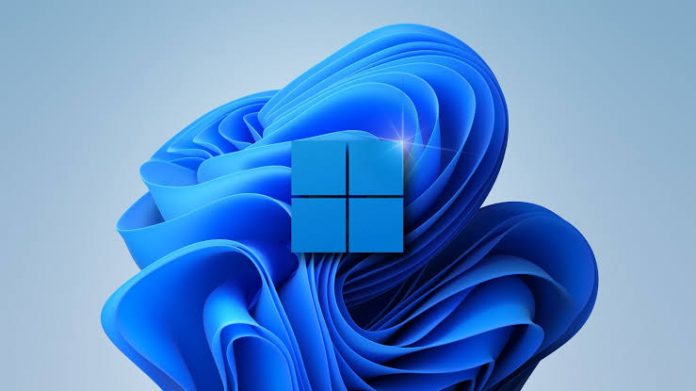To bring a complete design overhaul and new goodies for both users and developers, Windows 11 makes its way to PCs later this year
In its upcoming Windows 11 operating system (OS), Microsoft will be changing its famous Blue Screen of Death (BSOD) to a black one. This is one new change in Windows 11, which we hope we will not see very often.
Microsoft is changing the classic Blue Screen of Death from Windows, which dates all the way to Windows 3.0, to a Black Screen of Death in Windows 11. The change is reportedly to match the aesthetic of Windows 11.
Engaged whenever the OS experiences an unexpected shutdown or crash, the BSOD is a Windows resident kernel error/bug check. It is anything but a dump of information that can help system administrators examine what system flaw caused the blue screen; The Verge first reported the news.
In recent versions of the OS, Microsoft has made a number of significant changes to the BSOD: the screen was made more user-friendly and gained a large symbolic sad face with Windows 8 in 2012, and Microsoft added QR codes for troubleshooting steps in 2016.
Another change in Windows 11 that has been getting a lot of attention is that the operating system’s new minimum system requirements mean that many users with older PCs (and even some recent or current-generation models) may not be able to upgrade to the latest operating system.
Also, you will need an internet connection and a Microsoft account to set up and sign in to Windows 11 Home edition the first time you run it.
Microsoft officially unveiled Windows 11 on 24 June during a live-streamed event shortly after an operational build was leaked online. To bring a complete design overhaul and new goodies for both users and developers, Windows makes its way to PCs later this year.
Microsoft is shifting to an annual feature update cadence with Windows 11, which means only one feature update will be released a year, a change from the current biannual schedule. According to Microsoft officials, the first big update will be released in the second half of the next year.
Windows 11, like Windows 10, will also continue to receive monthly cumulative updates, otherwise known as Patch Tuesday or “B” release.
In the Start Menu and Windows Update Settings, Microsoft’s estimated time for Windows Update will appear. This installation time will be based on the processor, memory, and storage hardware you’re running.
Also read: DigiYatra: A paperless journey experience for domestic air traveller
Do Follow: CIO News LinkedIn Account | CIO News Facebook | CIO News Youtube | CIO News Twitter






